TOXIC INC
High court orders UPL to prevent another toxic chemical water spill in Durban
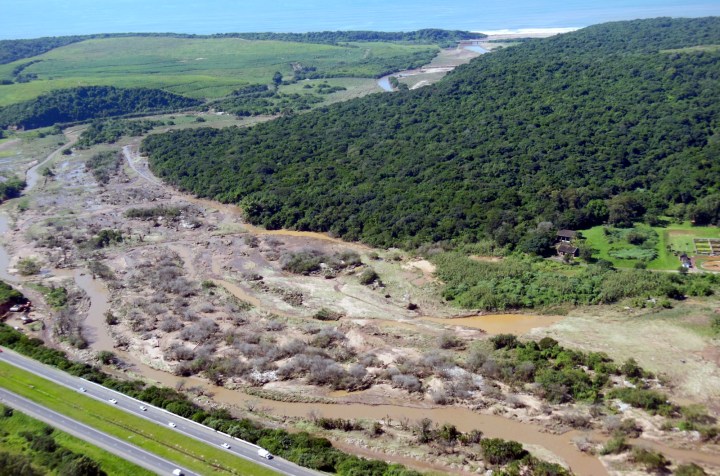
More than two years after at least 5,000 tonnes of farm poisons and other ‘agricultural remedies’ went up in flames or flowed into a river north of the city, legal disputes about the aftermath of the chemical pollution disaster came to a head in the KwaZulu-Natal Division of the High Court in Durban.
The eThekwini (Durban) Municipality has won a significant — albeit temporary — court victory to avert the growing risk of another spillage of poison-polluted water into a major river and the sea north of the coastal holiday city.
In a ruling late on 2 November, Acting Judge Ian Dutton ordered the Mumbai-based UPL agrochemicals giant to stop discharging water from its new chemical treatment plant into the Ohlanga River with immediate effect, and to rather hire wastewater tankers to cart polluted water to a reputable hazardous waste dump.
More than two years after at least 5,000 tonnes of farm poisons and other “agricultural remedies” went up in flames or flowed into a river north of the city, legal disputes about the aftermath of the chemical pollution disaster came to a head in the KwaZulu-Natal Division of the High Court in Durban.
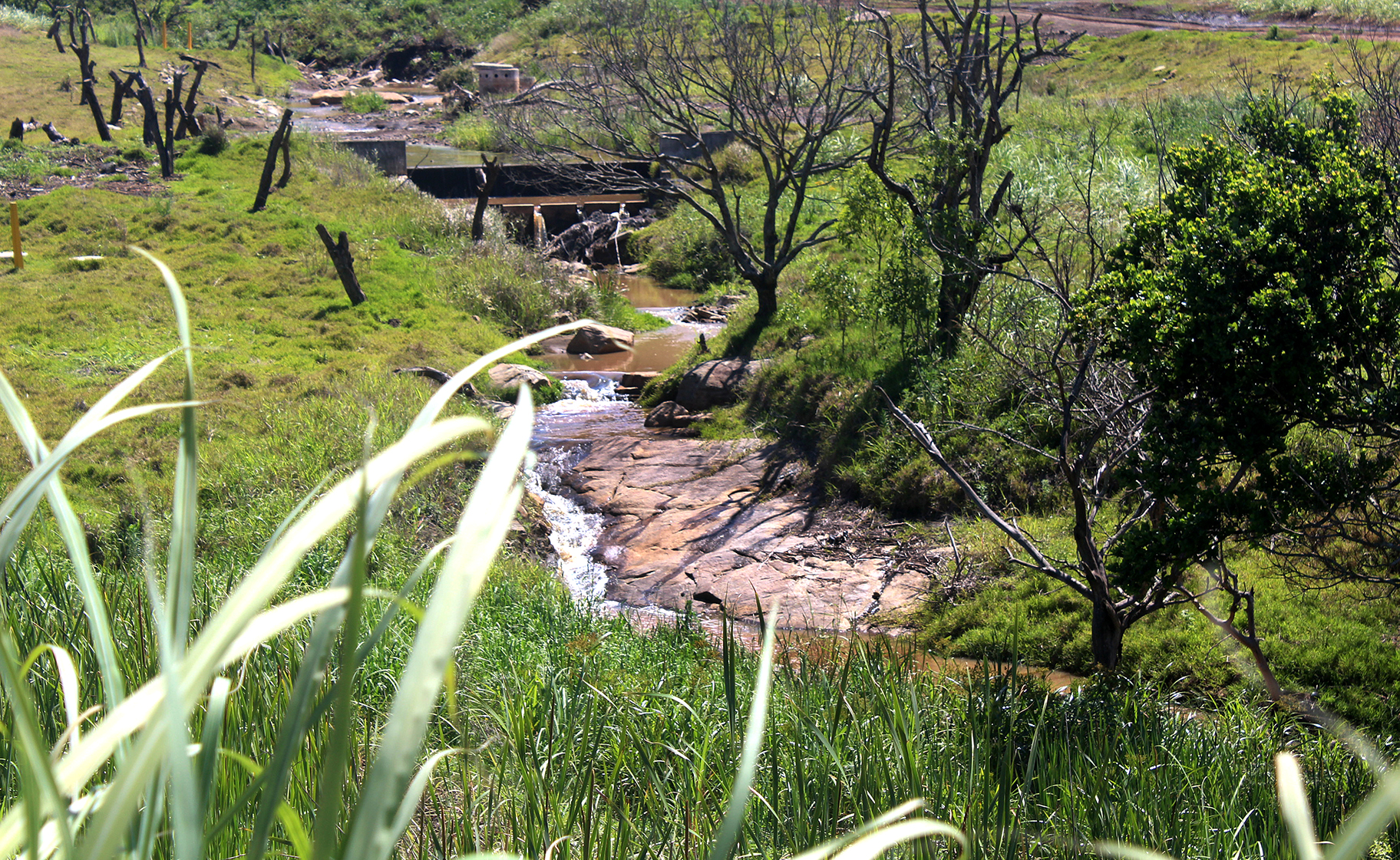
Water from the UPL chemical treatment plant flows into a tributary of the Ohlanga River in Durban earlier this week. (Photo: Tony Carnie)
In very simple terms, the legal dispute is about the permitted water levels of a “pollution control dam” (PCD) — a hastily modified depression in the ground that is being used to capture the remnant poison overflow from the UPL warehouse in Cornubia, Durban.
This dam contains up to 10,000 cubic metres of contaminated water, but senior eThekwini officials are worried that this polluted reservoir could overflow shortly due to recent heavy rains.
According to evidence presented by UPL itself, the pollution control dam level is currently around 92% — even though government authorities had previously recommended that it should not exceed 30%.
That way, there would be adequate capacity to contain a sudden influx of polluted water from the gutted UPL warehouse after a major rainstorm — as happened in April last year and again during heavy rain last month.
Evidence in the court papers shows that the KwaZulu-Natal Department of Economic Development, Tourism and Environmental Affairs (Edtea) was later persuaded by UPL’s legal team to relax that safety precaution level to 60% — leaving just a 40% capacity to capture pollution overflows from the derelict chemical warehouse.
However, the “pollution control dam” has overflowed twice — first during the April 2022 floods and again last month.
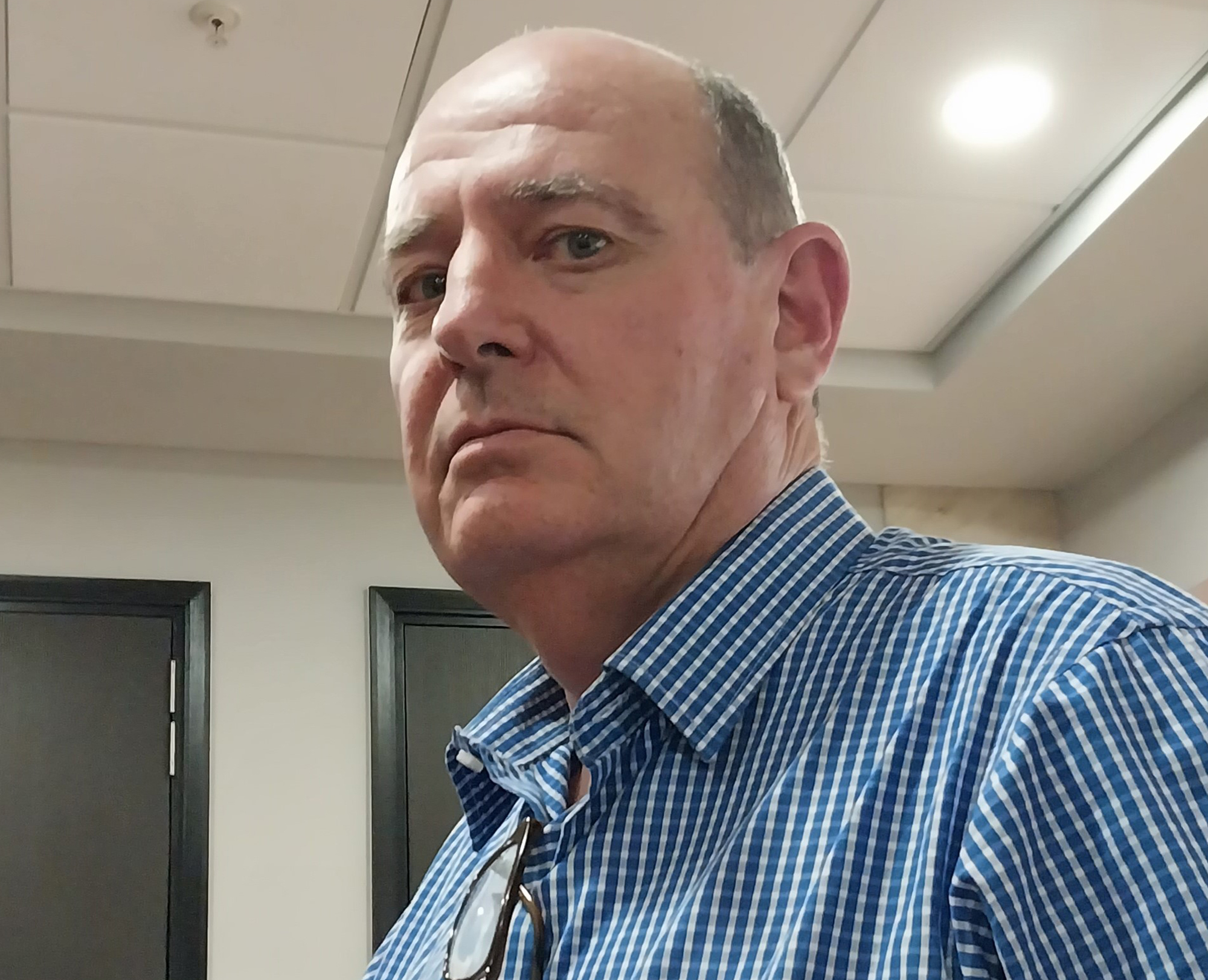
Senior Durban municipal engineer Dr Andrew Mather told the court that there was a ‘pattern’ by UPL to avoid complying with government directives. (Photo: Tony Carnie)
Dr Andrew Mather, a senior eThekwini coastal policy engineer, said in court papers that he was worried that the level of UPL’s pollution control dam was now above 95% and was again at risk of overflowing into the environment.
Therefore, he urged, UPL should take immediate action to avert this risk, by sucking up polluted water into tanker trucks and removing the waste to reputable hazardous waste dumps.
Mather said this was a simple case where UPL had failed to comply with a directive from Edtea that had potentially major consequences for the environment and people living in that area.
(It is worth noting here, that Mather and eThekwini took urgent legal action against UPL for the potential water and environmental pollution threat, in the absence of any court action by the national Department of Water Affairs or the provincial Department of Environmental Affairs.)
In the words of eThekwini’s advocate, Warren Shapiro, the city required comfort that the resolution of the potential pollution would not be left in the hands of a “corporate polluter”.
Judge Dutton said that, based on the evidence in the court papers, he was concerned about the possibility of an environmental “disaster”.
Based on Mather’s version of events, there was a “situation of imminent peril” to the environment.
However, UPL’s counsel Jabu Thobela-Mkhulisi and UPL’s Africa head of legal affairs, Rachel Evatt, argued that this was not the case.
Thobela-Mkhulisi argued that there was not in fact any such danger, as UPL was treating polluted water from the dam to the point where it was “cleaner than stormwater”.
In response to Daily Maverick’s queries, UPL executive Marcel Dreyer went even further, stating that chemically treated water from the company’s pollution dam was “equivalent to drinking water”.
(He has not, however, commented on a challenge from Daily Maverick reader Gregory Scott for him and the UPL legal team to drink this water or to participate in a “swimathon” in the UPL pollution control dam.)
Thobela-Mkhulisi argued that Mather’s fears about imminent harm or “catastrophe” for the environment were a “red herring”, adding that it would be more costly for UPL to dispose of waste using tankers.
Summing up his views, Judge Dutton, said that UPL had suggested that polluted water from the polluted dam could be treated to a safe level.
However, the evidence currently available to the court on this issue remained in dispute, and he was inclined to defer any decisions on this issue by allowing UPL to submit further evidence on or before 17 November.
In the interim, he ordered that UPL, eThekwini, the Edtea and the Department of Water and Sanitation convene a meeting by no later than 10 November to endeavour to find a long-term “that attains and maintains the pollution control dam [level] at 60%”.
According to the interim court order, UPL would undertake to reduce the dam level to avoid any further pollution of the river by hiring tankers, pending a meeting of government regulators. DM

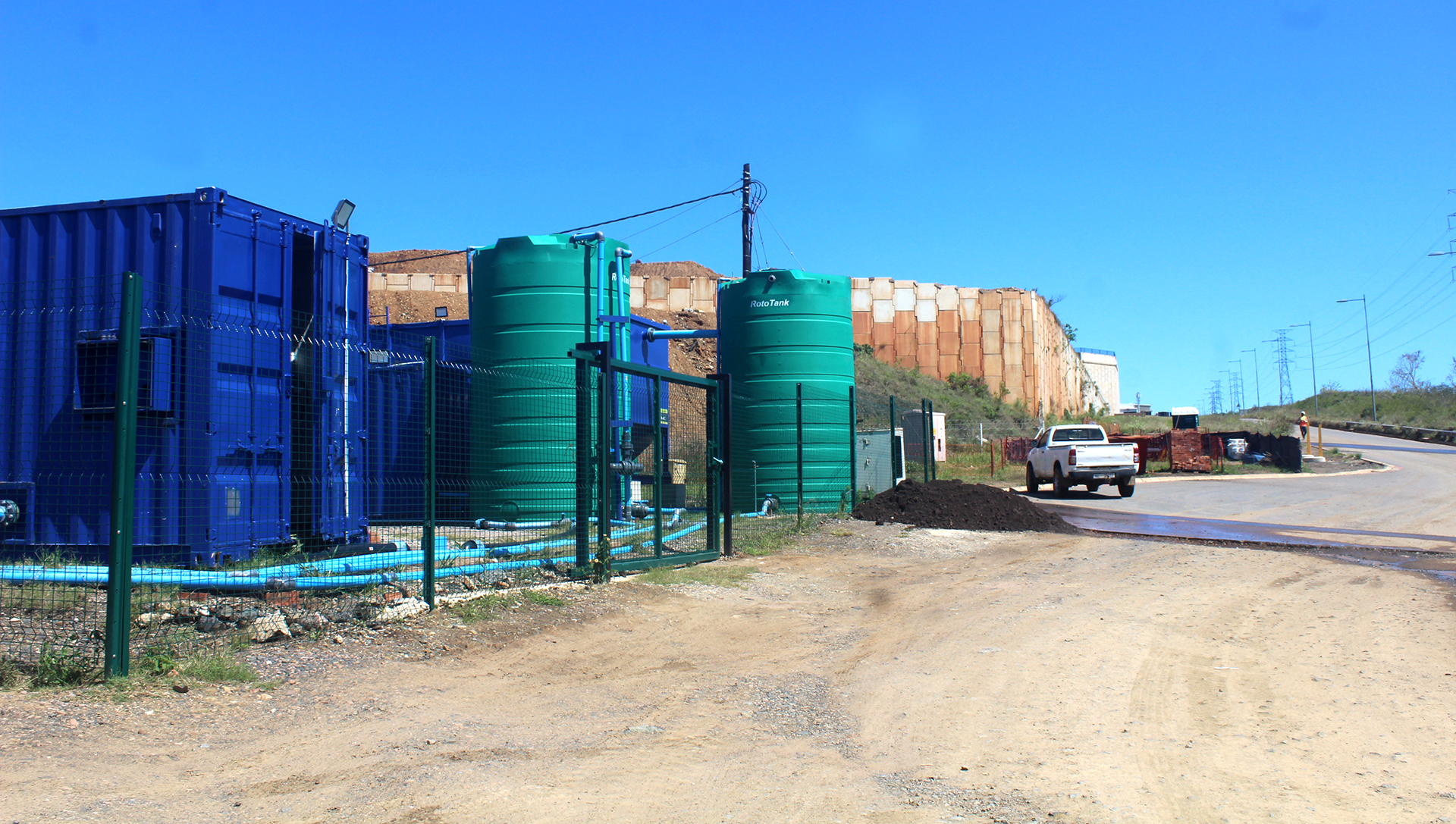











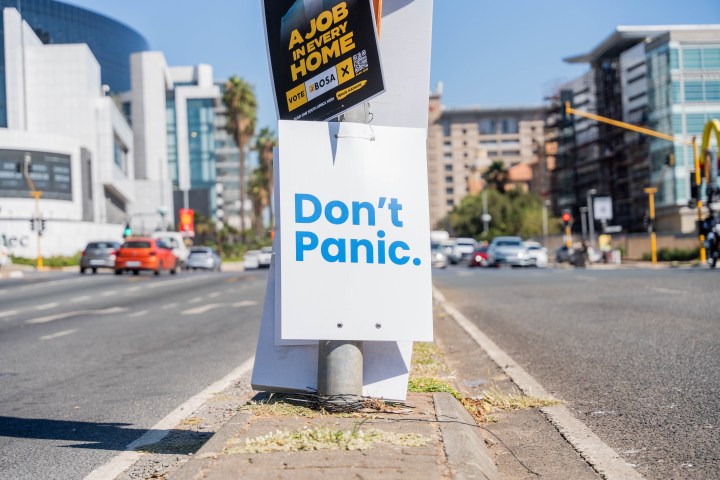




Outrageous that the perpetrators get to determine pollution levels and that the court is happy they maintain 60%!
Surely, there is enough evidence to close this place down?
Evil triumphs in Durban 🥳🥳
It’s a start. Thanks Tony for the article. Yet we’re still waiting for closure on the long term harm that was done to local wildlife and residents by this explosion. That has been confirmed by the Human Health Risk Assessment that has been published, but hasn’t created the scandal it should have. UPL keeps blaming the July riots for the explosion and spill. That is a red herring. It would never have happened had UPL or its landlord applied for a Scheduled Trade Permit and carried our a Major Hazard Installation risk assessment, because they would never have received permission to store those chemicals there in the first place. They should be taken to account for that omission, as well as the Municipal and Provincial officials that turned a blind eye.